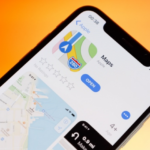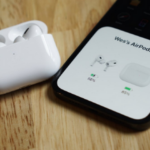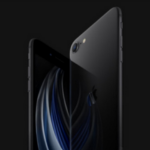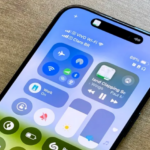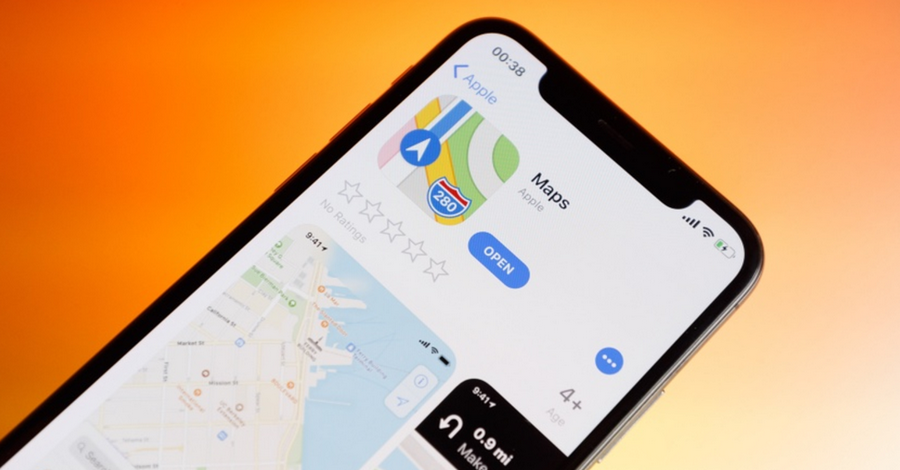For years, YouTube’s skip button has allowed viewers to quickly bypass ads, returning to their chosen content without long interruptions. However, recent changes in YouTube’s design are making it harder for users to locate and click this button, a move that appears aimed at increasing ad exposure. By subtly hiding or reducing the visibility of the skip button, YouTube is effectively increasing the likelihood that viewers will watch ads for a longer period, leading to greater ad revenue for the platform.
In this article, we’ll explore the strategies behind this shift, examine the potential impact on users and advertisers, and look at what this could mean for the future of advertising on YouTube.
Why Hide the Skip Button?
YouTube, like many online platforms, depends heavily on advertising revenue. To keep the platform free for millions of users, it needs advertisers willing to invest in reaching YouTube’s massive audience. Traditionally, YouTube has offered viewers the option to skip ads after a few seconds, allowing advertisers to gain exposure while letting users control their viewing experience.
However, advertisers are increasingly looking for ways to ensure their content gets watched, and YouTube is motivated to maximize revenue. By making the skip button less visible or less accessible, YouTube can subtly encourage more viewers to watch ads in full, leading to increased ad impressions.
Hiding the skip button is part of an evolving trend in online advertising that prioritizes engagement, retention, and, ultimately, higher revenue per ad.
How YouTube is Making It Harder to Skip Ads
If you’ve noticed the skip button becoming harder to spot, you’re not alone. YouTube has implemented several design and placement changes that reduce its visibility:
- Reduced Button Size: YouTube may reduce the size of the skip button to make it less noticeable. Smaller buttons are harder to spot, leading viewers to watch ads for longer than they may have intended.
- Delayed Button Appearance: While YouTube already delays the appearance of the skip button for a few seconds, recent updates have extended this delay in certain cases. This forces users to watch more of the ad before the option to skip appears.
- More Subtle Placement: YouTube has begun experimenting with placing the skip button in less conventional spots on the screen, drawing less attention to it and making it harder for viewers to locate quickly.
- Improved Full-Screen Ads: Full-screen ads now take up more of the viewer’s field of vision, with the skip button blending into the background, reducing its visibility further. In some cases, the button may only appear momentarily, making it easy to miss.
These changes seem minor, but together, they make a noticeable difference in the overall ad-watching experience.
The Impact on User Experience
YouTube’s choice to modify the skip button raises questions about user experience and satisfaction. For many viewers, the ability to skip ads is a major benefit of using YouTube. Being forced to sit through ads without a clear skip option can feel intrusive, especially for users accustomed to quick access to content.
- Increased Frustration: Users may feel frustrated by the difficulty in skipping ads, leading to potential dissatisfaction with YouTube as a platform. For viewers who are used to quick access to content, longer ad viewing times can be a source of irritation.
- Decreased Engagement with Content: If users are consistently forced to watch longer ads, some may reduce their YouTube usage altogether, opting for other platforms or apps with fewer interruptions.
- More Frequent Use of YouTube Premium: By making ads more difficult to skip, YouTube may inadvertently be encouraging viewers to pay for YouTube Premium. This ad-free subscription service allows users to watch videos without interruption and may become more appealing as ad exposure increases.
For YouTube, this could lead to a double-win: not only do they increase ad revenue, but they may also drive more users to consider paid subscriptions.
Advertisers Benefit From Increased Ad Exposure
While viewers may find the new ad format disruptive, advertisers see significant benefits from YouTube’s approach. As more viewers are required to sit through ads, advertisers get more time to convey their message, leading to better engagement, recall, and potential conversion rates.
- Higher Ad Completion Rates: With fewer viewers skipping ads, completion rates naturally increase, giving advertisers more consistent results for their campaigns.
- Greater Brand Exposure: The more time viewers spend watching ads, the better exposure brands receive. A longer view time leads to more effective storytelling, and brands have more time to communicate their value.
- Enhanced Ad Impact and ROI: Advertisers investing in YouTube’s platform are likely to see improved return on investment (ROI) as ad visibility increases. This can lead to higher bids for YouTube ad space and, consequently, increased revenue for YouTube.
For advertisers, this shift represents a valuable opportunity to engage more viewers and ensure their messaging is seen by a larger audience.
Potential Downsides of Increased Ad Exposure
While advertisers may benefit from YouTube’s changes, there are potential downsides to consider:
- Risk of Ad Fatigue: The increased ad exposure may lead to ad fatigue among viewers, who may become less responsive to advertisements if they’re frequently forced to sit through them.
- Impact on Ad Effectiveness: If viewers feel annoyed or frustrated by the inability to skip ads, they may be less receptive to the ad’s message, reducing its overall effectiveness.
- Possible Backlash: Some viewers may begin to view YouTube negatively due to the hidden skip button, which could lead to a loss of user trust and loyalty over time.
- Lower Click-Through Rates: Viewers who are forced to watch ads may not necessarily engage with them, which could lead to lower click-through rates and reduced engagement for certain types of ads.
Balancing ad exposure with user experience is essential to ensuring viewers remain satisfied with the platform while advertisers achieve meaningful results.
What This Could Mean for YouTube’s Future
YouTube’s strategy of subtly hiding the skip button may indicate a broader trend in the digital advertising landscape. As online platforms continue to depend on ad revenue, they may implement more strategies that encourage users to engage with ads, either by limiting skip options or by incorporating ads more seamlessly into content.
- Increased Focus on User Retention: YouTube may also explore ways to retain users who are frustrated by ads by offering more benefits through its Premium service or by improving other aspects of the user experience.
- Enhanced Personalization of Ads: To reduce viewer frustration, YouTube may increasingly personalize ads based on user preferences and viewing history, making ads more relevant and engaging.
- Greater Integration of Sponsored Content: In the future, YouTube may integrate more sponsored content directly within videos, blurring the lines between ads and regular content. This could allow for a smoother viewing experience while still delivering ad messages.
- Possible Evolution of Ad Skipping Features: YouTube could explore alternative ad-skipping mechanisms, such as rewarding users with fewer ads after watching a certain number in full, or introducing different skip options depending on the type of ad.
What Can Viewers Do to Navigate the Changes?
If you’re finding it challenging to skip ads on YouTube, here are a few tips to help you navigate these changes:
- Consider YouTube Premium: For an ad-free experience, YouTube Premium offers a subscription-based model that removes ads entirely, allowing uninterrupted access to content.
- Engage with Content Creators: Many content creators offer Patreon or other support options outside of YouTube, allowing you to support them directly without having to endure ads.
- Use Alternative Platforms: Depending on the type of content you’re interested in, exploring other video-sharing platforms can be a solution if ads on YouTube become too intrusive.
- Provide Feedback to YouTube: As a viewer, your feedback can have an impact. YouTube’s decision to experiment with ad visibility is often driven by user feedback, so sharing your thoughts can help shape the platform’s future.
YouTube’s move to hide the skip button is a strategic effort to increase ad exposure, which benefits advertisers but can create frustration for viewers. By understanding the motivations behind these changes and exploring alternatives, users can make informed decisions about their viewing experience. For advertisers, this shift offers enhanced engagement opportunities and the potential for greater ROI, but YouTube must carefully balance ad exposure with viewer satisfaction to ensure a positive experience for all.
